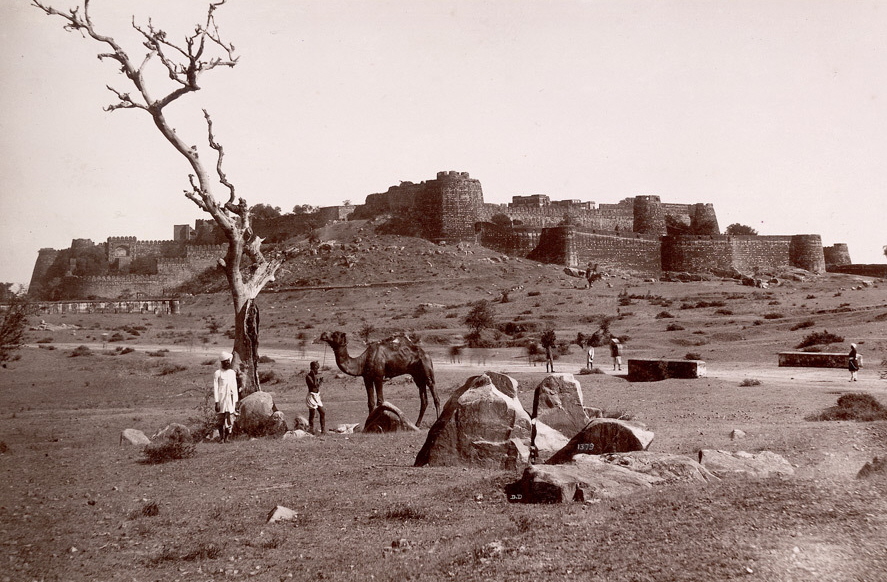|
Jhansi Ki Rani (other)
The Rani of Jhansi (born Manikarnika Tambe; 1828 or 1835 – 18 June 1858), also known as Rani Lakshmibai, was one of the leading figures of the Indian Rebellion of 1857. The queen consort of Jhansi State, the princely state of Jhansi from 1843 to 1853, she assumed its leadership after the outbreak of conflict and fought Central Indian campaign of 1858, several battles against the British. Her life and deeds are celebrated in modern India and she remains a potent symbol of Indian nationalism. Born into a Marathi people, Marathi family in Varanasi, Manikarnika Tambe was married to the raja of Jhansi, Gangadhar Rao, at a young age, taking the name Rani Lakshmibai. The couple had one son but he died young, and so when Gangadhar Rao was on his deathbed in 1853, he adopted Damodar Rao of Jhansi, a young relative to be his successor. The East India Company, British East India Company, the Company rule in India, overlord of Jhansi, refused to recognise this succession and annexed Jha ... [...More Info...] [...Related Items...] OR: [Wikipedia] [Google] [Baidu] |
Varanasi
Varanasi (, also Benares, Banaras ) or Kashi, is a city on the Ganges river in northern India that has a central place in the traditions of pilgrimage, death, and mourning in the Hindu world.* * * * The city has a syncretic tradition of Islamic artisanship that underpins its religious tourism.* * * * * Located in the middle-Ganges valley in the southeastern part of the state of Uttar Pradesh, Varanasi lies on the left bank of the river. It is to the southeast of India's capital New Delhi and to the southeast of the state capital, Lucknow. It lies downstream of Prayagraj, where the confluence with the Yamuna river is another major Hindu pilgrimage site. Varanasi is one of the world's oldest continually inhabited cities. Kashi, its ancient name, was associated with a kingdom of the same name of 2,500 years ago. The Lion capital of Ashoka at nearby Sarnath has been interpreted to be a commemoration of the Buddha's first sermon there in the fifth century BCE. In the ... [...More Info...] [...Related Items...] OR: [Wikipedia] [Google] [Baidu] |

